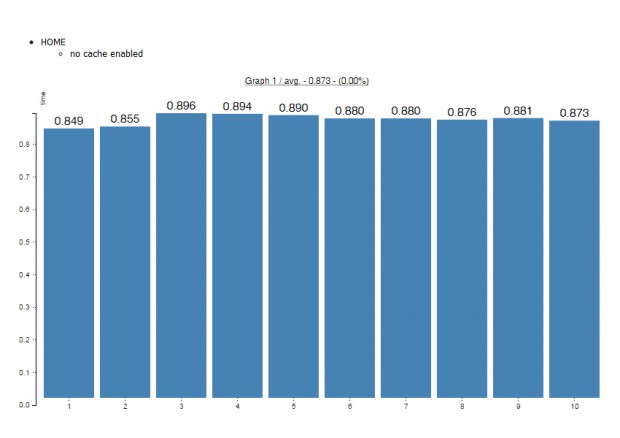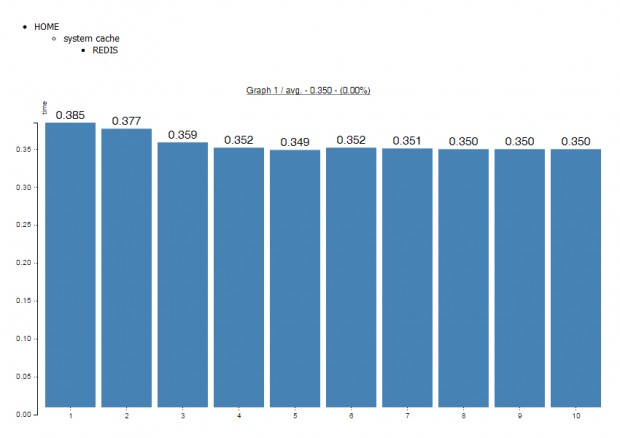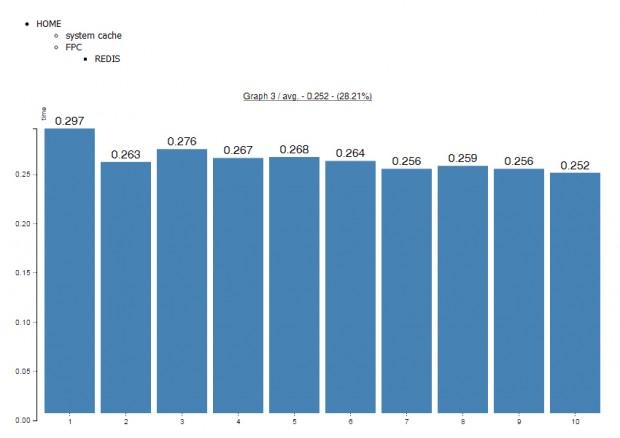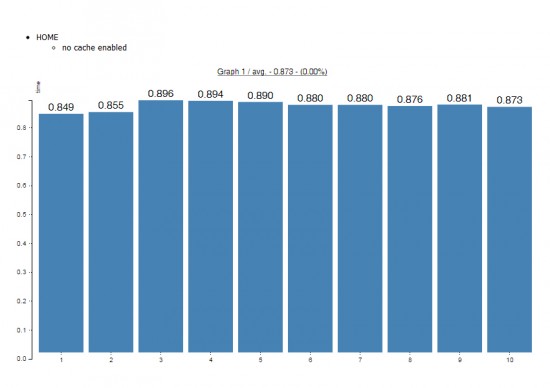 This post was last updated 8 years 8 months 20 days ago, some of the information contained here may no longer be actual and any referenced software versions may have been updated!
This post was last updated 8 years 8 months 20 days ago, some of the information contained here may no longer be actual and any referenced software versions may have been updated!Having implemented a Magento REDIS cache management solution I wanted to see what effect using the Magento cache had on page load times. To measure the Magento page load time I load the page into an iFrame, refresh the iFrame and measure the load time over an average of 10 page refreshes.
Here are the results of the test
Page Load Times

- Enabling the system cache using REDIS showed a 59% increase in the home page load time.
- Enabling the FPC cache using REDIS showed further 28% increase, a total 71% increase.
- Enabling the system cache using REDIS showed a 39% increase in a category page load time.
- Enabling the FPC cache using REDIS showed further 48% increase, a total 69% increase.
- Enabling the system cache using REDIS showed a 20% increase in a product page load time.
- Enabling the FPC cache using REDIS showed further 20% increase, a total 37% increase.
Graphs
These are the graphs showing the page load times for the Magento home page.



Summary
It is clear from these page load times that caching does significantly improve Magento responsiveness with a noted increase in load time here of up to 70%. The increase in page load time is not consistent across all page types, some pages, i.e. product pages require more processing to render and so take longer.
Memcache vs Redis
Testing pageload times using memcache and redis as a Magento system cache store there was no noticeable difference between the two storage systems.
Magento Page load time tool
You can try out the iFrame page load time tool here.

Comments